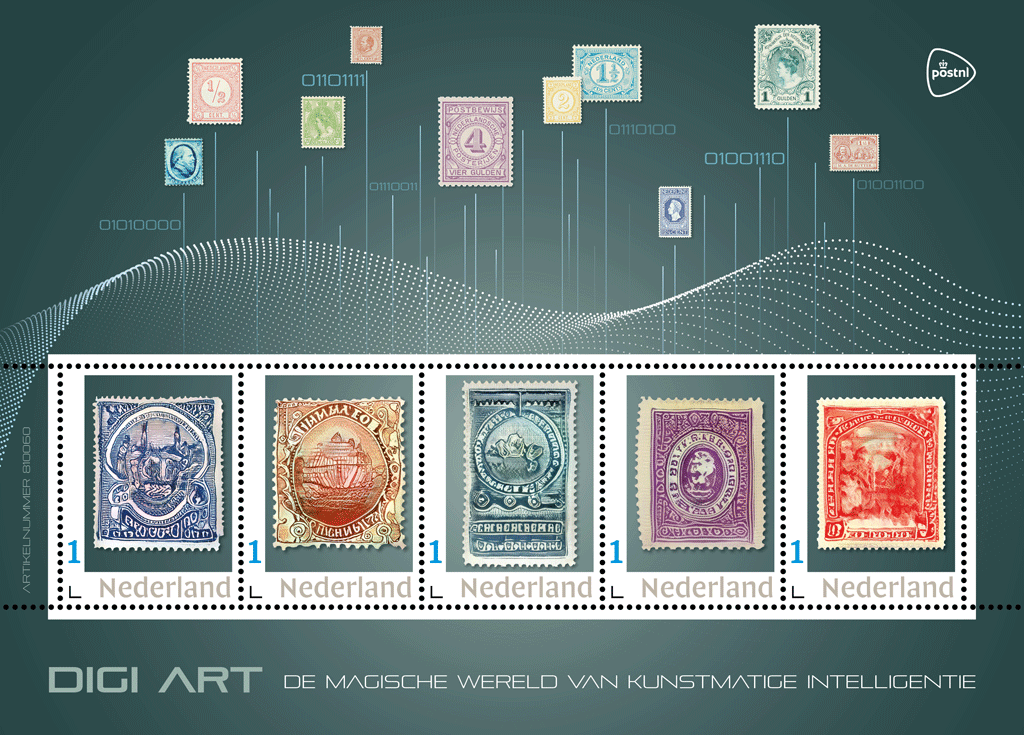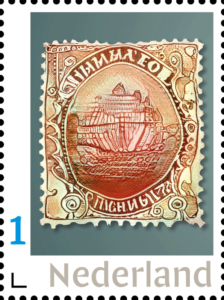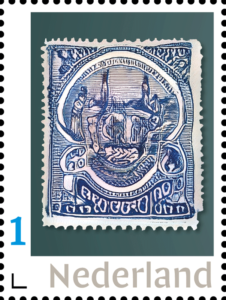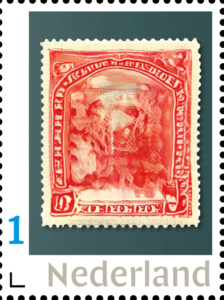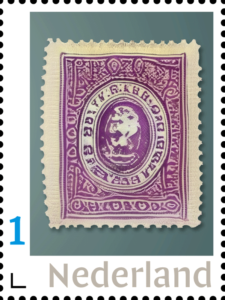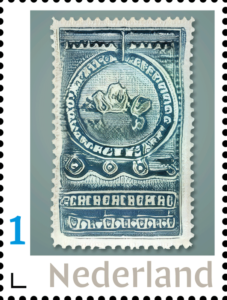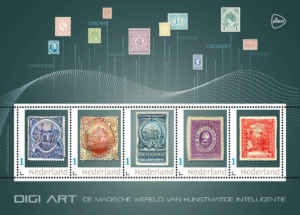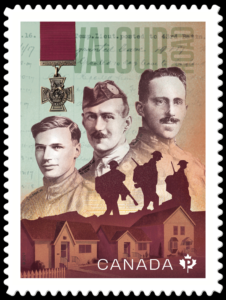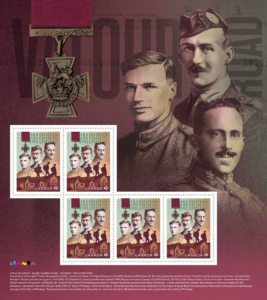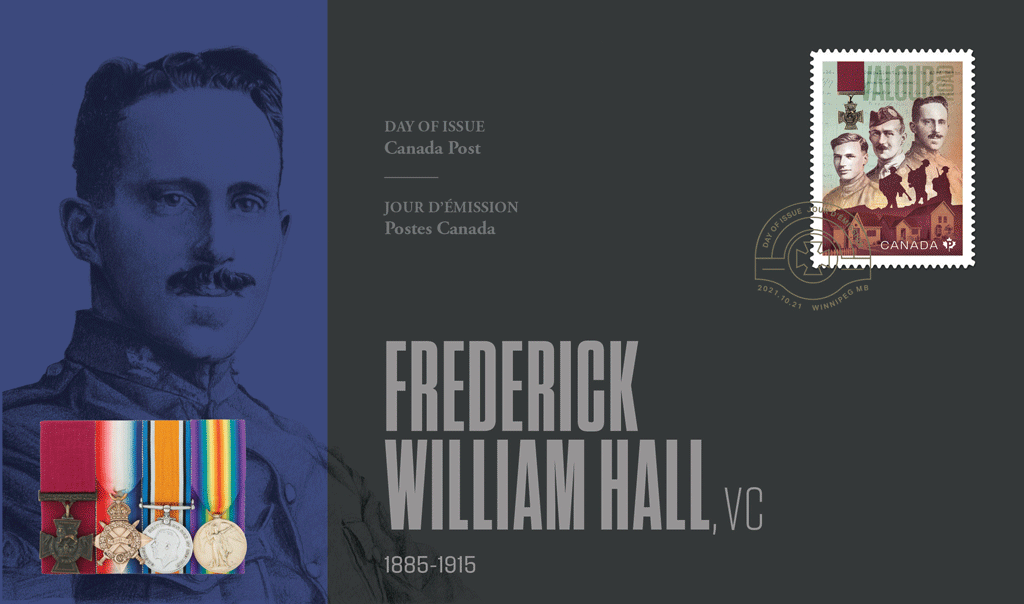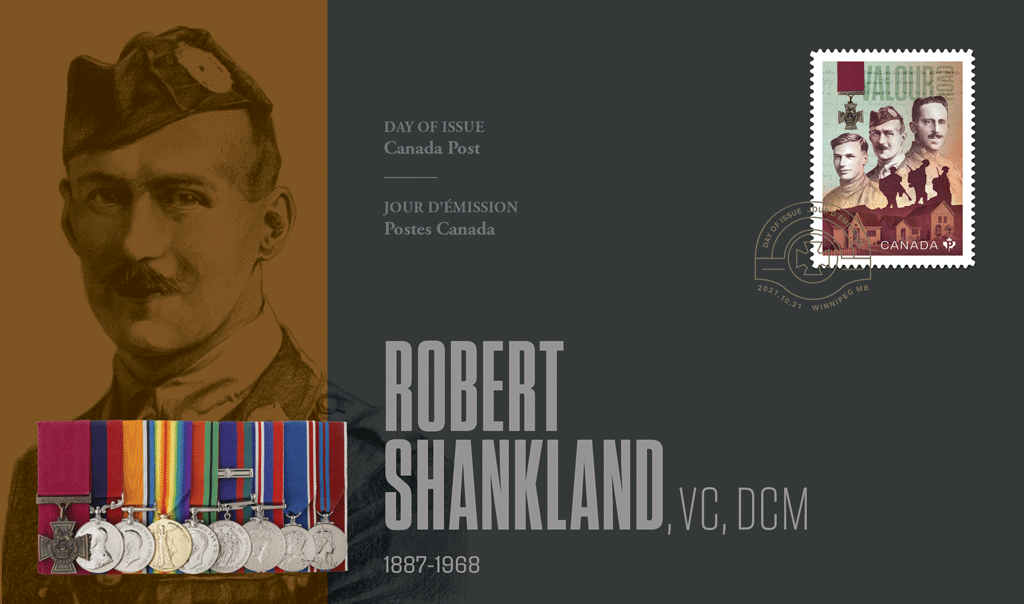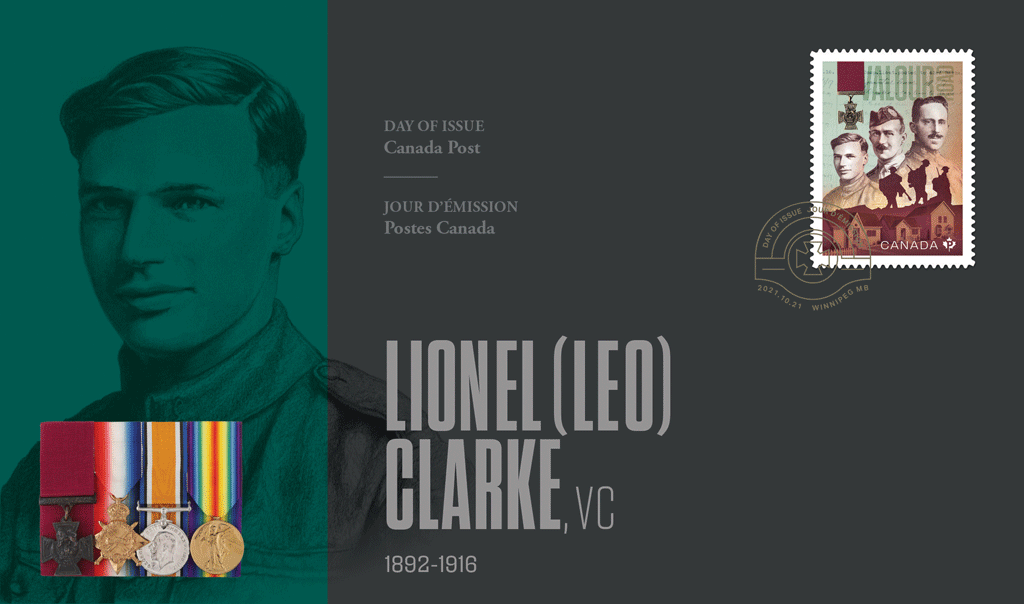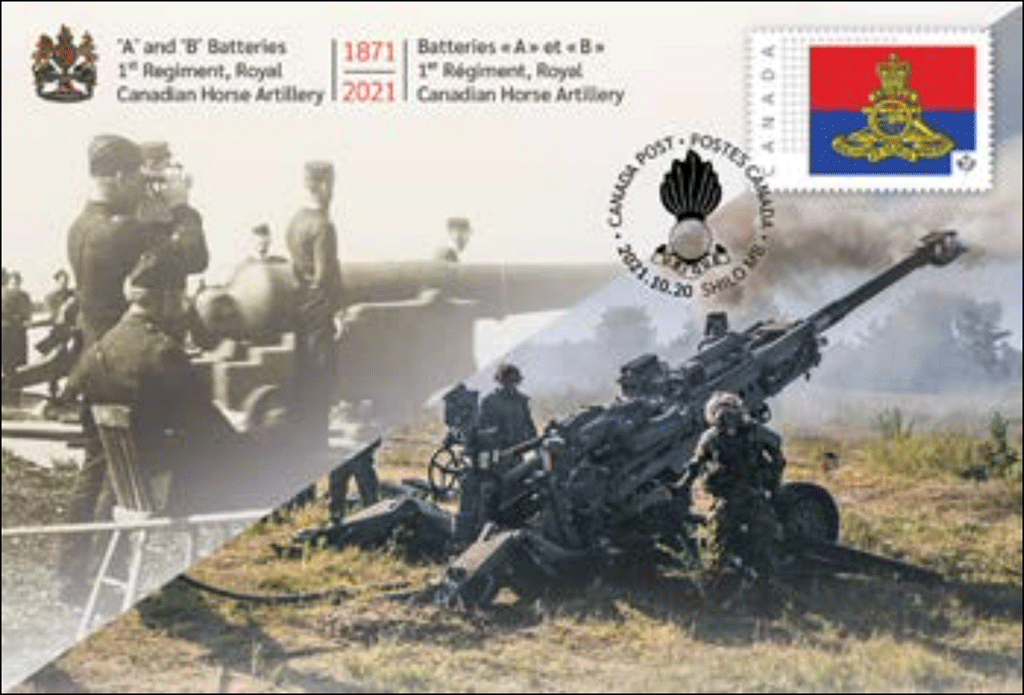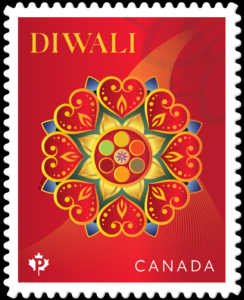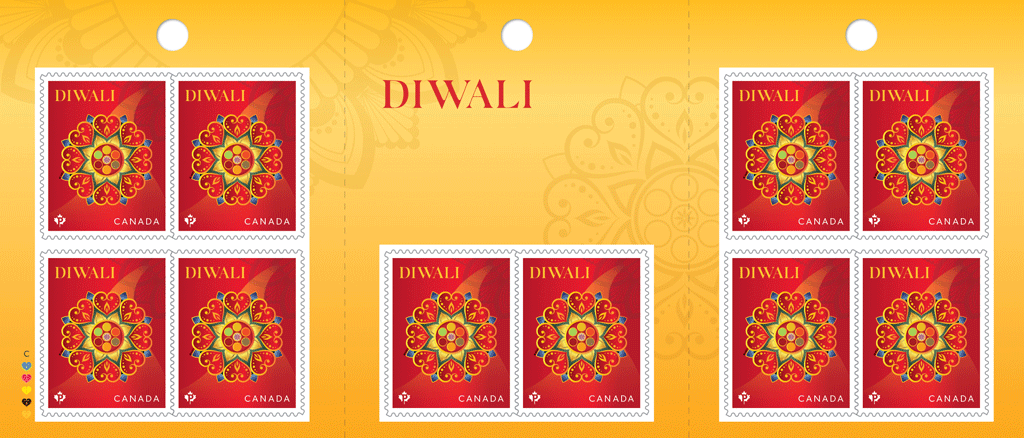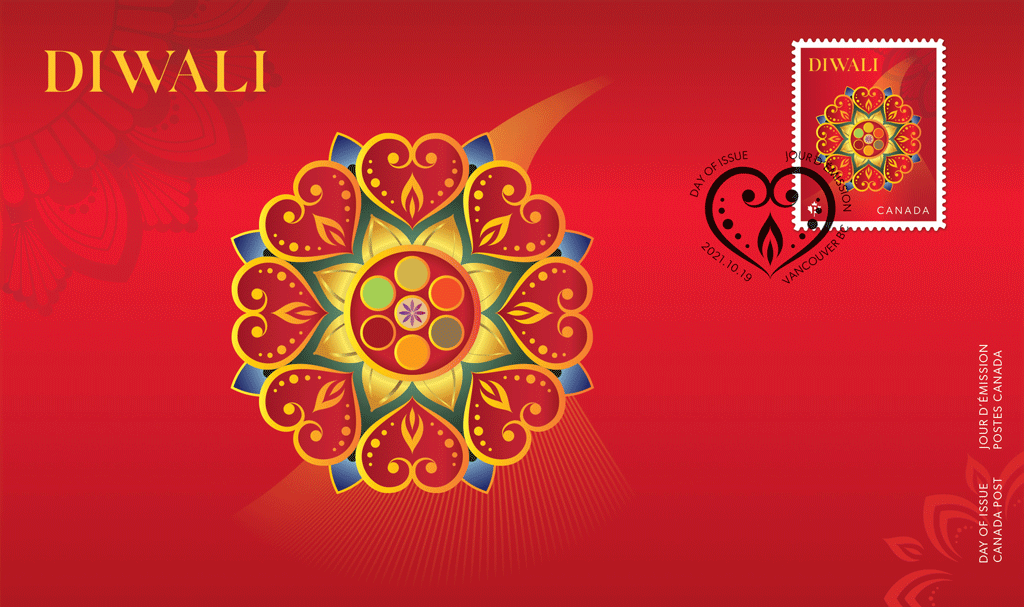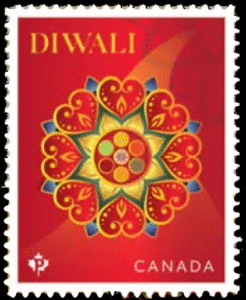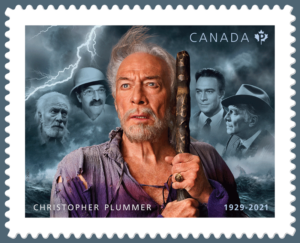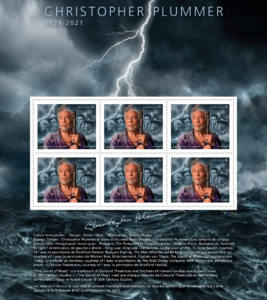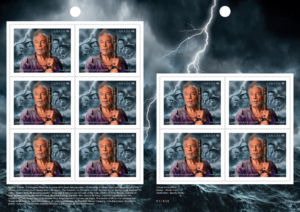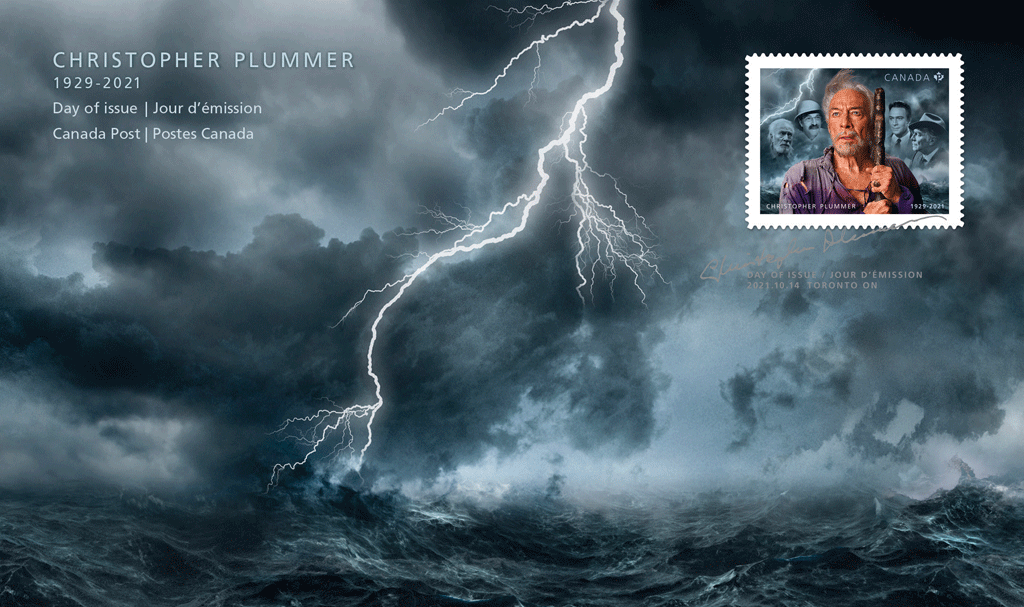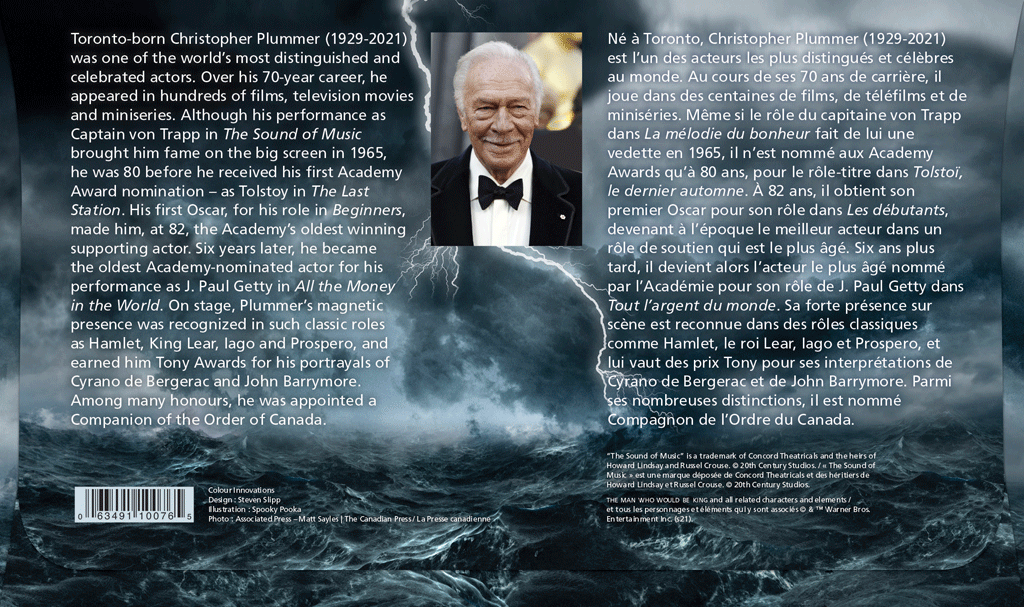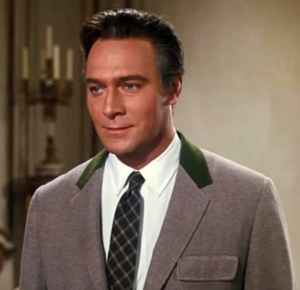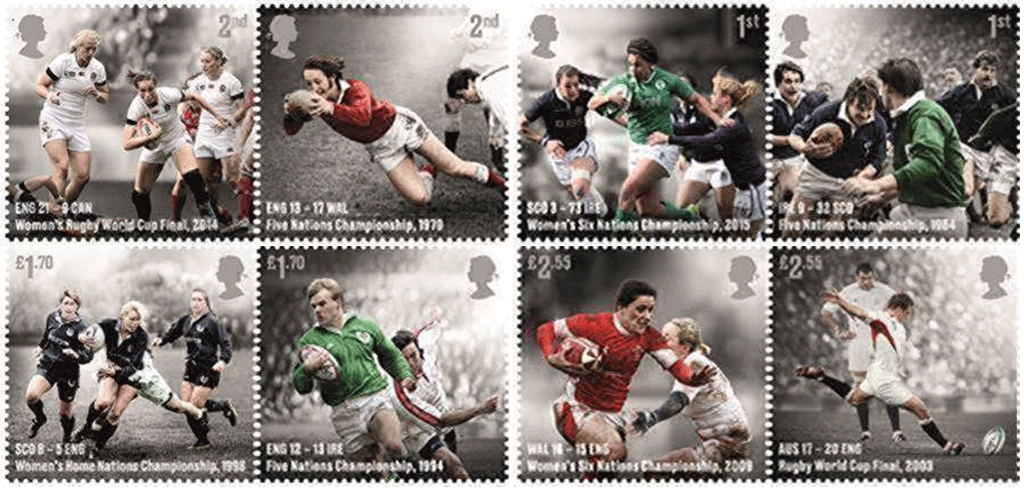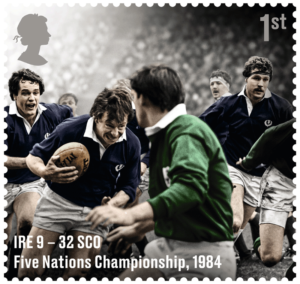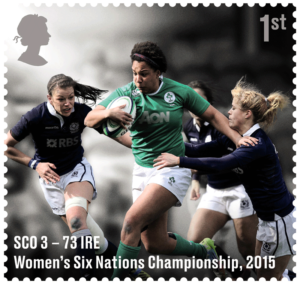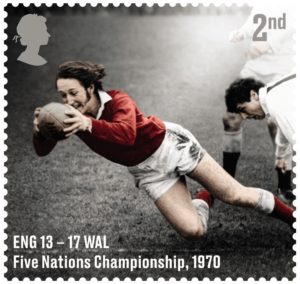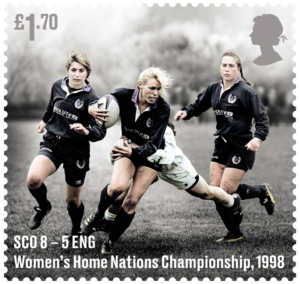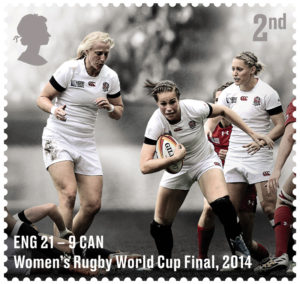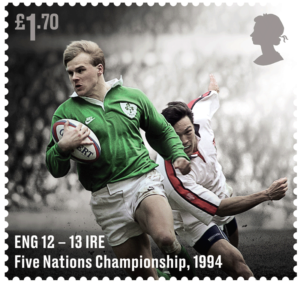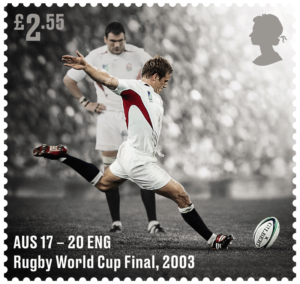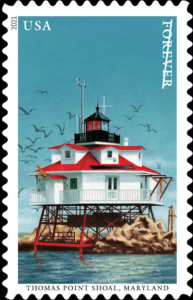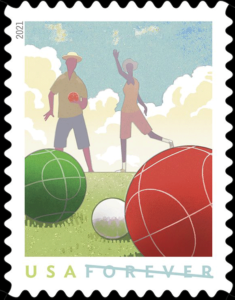[press release]
Stamp marks 100 years of the poppy as symbol of remembrance
Release coincides with launch of the 2021 National Poppy Campaign
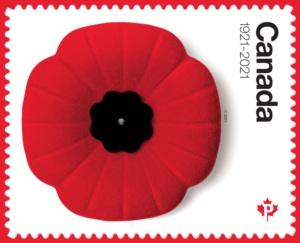 OTTAWA – Canada Post released today a poignant stamp to celebrate the 100th anniversary of the official adoption of the poppy as a symbol of remembrance in Canada. The release coincides with the launch of The Royal Canadian Legion’s 2021 National Poppy* Campaign, which begins the last Friday of October each year.
OTTAWA – Canada Post released today a poignant stamp to celebrate the 100th anniversary of the official adoption of the poppy as a symbol of remembrance in Canada. The release coincides with the launch of The Royal Canadian Legion’s 2021 National Poppy* Campaign, which begins the last Friday of October each year.
Canada Post has a long history of commemorating Remembrance Day and Canada’s military history through its stamp program. The Legion’s annual campaign is a highly visible way for Canadians to honour veterans and those who have fallen in Canada’s military.
The concept behind this special stamp was not only to immortalize the crimson flower, but also offer another way to remember the more than 117,000 Canadians who died for their country.
While the poppy is distributed freely, the Legion accepts donations to the Poppy Fund. Money raised helps to provide veterans and their families with financial assistance and other support. Millions of poppies are distributed in Canada every year, raising close to $20 million annually.
About the remembrance poppy
During the First World War, the appearance of the bright red flowers on the battlefields in 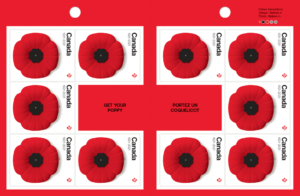 France and Belgium inspired Lieutenant-Colonel John McCrae of Guelph, Ontario, to pen the poem “In Flanders Fields” in May 1915, after he lost a friend in the Second Battle of Ypres. Moved by his words, a number of women and charities began to create poppies made of fabric as a memorial and to raise funds for veterans and families of the fallen. The Great War Veterans’ Association of Canada (the Legion’s predecessor) officially adopted the poppy as a symbol of remembrance on July 6, 1921. Canada’s first National Poppy Campaign launched later that year.
France and Belgium inspired Lieutenant-Colonel John McCrae of Guelph, Ontario, to pen the poem “In Flanders Fields” in May 1915, after he lost a friend in the Second Battle of Ypres. Moved by his words, a number of women and charities began to create poppies made of fabric as a memorial and to raise funds for veterans and families of the fallen. The Great War Veterans’ Association of Canada (the Legion’s predecessor) officially adopted the poppy as a symbol of remembrance on July 6, 1921. Canada’s first National Poppy Campaign launched later that year.
About the stamp issue
Blair Thomson of the Believe in studio designed the stamp, which was printed by Colour Innovations. The poppy’s red ink was created specially to match the crimson of the poppy, while metallic ink was used for the pinhead. A stark white background provided the contrast that makes the image pop. On the Official First Day Cover [below], the cancel features a stylized “100” to mark the poppy’s centennial as a symbol.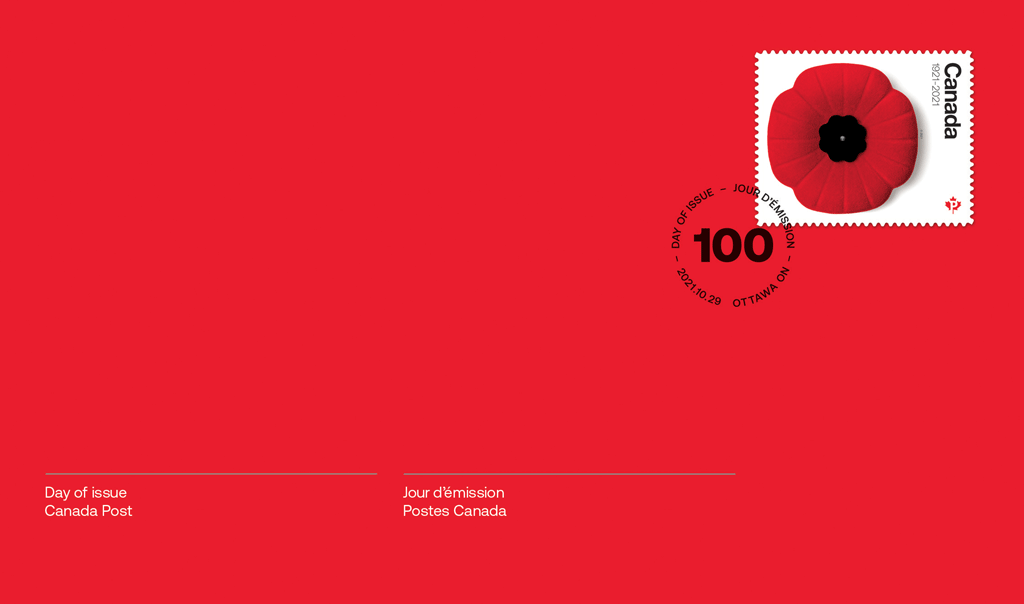 The Remembrance Poppy issue includes a booklet of 10 Permanent™ domestic rate stamps and an Official First Day Cover. Both products are available here [direct link] and post offices across the country.
The Remembrance Poppy issue includes a booklet of 10 Permanent™ domestic rate stamps and an Official First Day Cover. Both products are available here [direct link] and post offices across the country.
[en Francais pour les médias d’information]
Un timbre souligne le 100e anniversaire du coquelicot comme symbole du souvenir
Le lancement coïncide avec celui de la Campagne nationale du coquelicot de 2021
 OTTAWA – Postes Canada a émis aujourd’hui un timbre émouvant pour souligner le 100e anniversaire de l’adoption officielle du coquelicot comme symbole du souvenir au Canada. L’émission coïncide avec le lancement de la Campagne nationale du coquelicot* de 2021 de la Légion royale canadienne, qui débute le dernier vendredi d’octobre de chaque année.
OTTAWA – Postes Canada a émis aujourd’hui un timbre émouvant pour souligner le 100e anniversaire de l’adoption officielle du coquelicot comme symbole du souvenir au Canada. L’émission coïncide avec le lancement de la Campagne nationale du coquelicot* de 2021 de la Légion royale canadienne, qui débute le dernier vendredi d’octobre de chaque année.
Postes Canada commémore depuis longtemps le jour du Souvenir et l’histoire militaire du Canada au moyen de son programme des timbres-poste. La campagne annuelle de la Légion est un moyen concret d’honorer les anciens combattants et les soldats qui sont tombés au combat.
Ce timbre spécial vise non seulement à immortaliser la fleur cramoisie, mais propose aussi une autre façon de se souvenir des plus de 117 000 Canadiens qui sont morts pour leur pays.
Bien que les coquelicots soient distribués gratuitement, la Légion accepte les dons au Fonds du coquelicot. L’argent ainsi recueilli est utilisé pour offrir une aide financière et d’autres formes de soutien aux anciens combattants et à leur famille. Des millions de coquelicots sont distribués chaque année au Canada, ce qui permet d’amasser près de 20 millions de dollars par an.
À propos du coquelicot, symbole du souvenir
Pendant la Première Guerre mondiale, le lieutenant-colonel John McCrae, originaire de  Guelph, en Ontario, est interpellé par les fleurs rouges qu’il voit dans les champs de bataille de France et de Belgique. C’est cette vision qui lui inspire en mai 1915 l’écriture du poème Au champ d’honneur (adaptation française de Jean Pariseau), après la perte d’un ami durant la deuxième bataille d’Ypres. Touchées par ce poème, plusieurs femmes et organisations de bienfaisance commencent à confectionner des coquelicots commémoratifs en tissu et à les vendre afin de recueillir des fonds pour les anciens combattants et la famille des soldats morts au front. La Great War Veterans Association of Canada (maintenant la Légion royale canadienne) adopte officiellement le coquelicot comme symbole du jour du Souvenir le 6 juillet 1921. La première Campagne nationale du coquelicot est lancée plus tard la même année.
Guelph, en Ontario, est interpellé par les fleurs rouges qu’il voit dans les champs de bataille de France et de Belgique. C’est cette vision qui lui inspire en mai 1915 l’écriture du poème Au champ d’honneur (adaptation française de Jean Pariseau), après la perte d’un ami durant la deuxième bataille d’Ypres. Touchées par ce poème, plusieurs femmes et organisations de bienfaisance commencent à confectionner des coquelicots commémoratifs en tissu et à les vendre afin de recueillir des fonds pour les anciens combattants et la famille des soldats morts au front. La Great War Veterans Association of Canada (maintenant la Légion royale canadienne) adopte officiellement le coquelicot comme symbole du jour du Souvenir le 6 juillet 1921. La première Campagne nationale du coquelicot est lancée plus tard la même année.
À propos de l’émission de timbre
Ce timbre a été conçu par Blair Thomson, du studio Believe in, et imprimé par Colour Innovations. L’encre rouge a été spécialement créée pour reproduire la couleur cramoisie du coquelicot et une encre métallique a été utilisée pour la tête d’épingle, tandis que l’image de coquelicot a été placée sur un fond blanc immaculé pour créer un effet de contraste. Sur le pli Premier Jour officiel [au dessous de], le cachet d’oblitération contient le nombre « 100 » stylisé en hommage au centenaire du coquelicot. L’émission Le coquelicot, symbole du souvenir – 100e anniversaire comprend un carnet de 10 timbres PermanentsMC au tarif du régime intérieur et un pli Premier Jour officiel. Les deux produits sont offerts ici [lien direct] et dans les bureaux de poste à l’échelle du pays.
L’émission Le coquelicot, symbole du souvenir – 100e anniversaire comprend un carnet de 10 timbres PermanentsMC au tarif du régime intérieur et un pli Premier Jour officiel. Les deux produits sont offerts ici [lien direct] et dans les bureaux de poste à l’échelle du pays.







